
In the previous post I described a spectrum of organisational forms, but how do we start to make use of this? The mind-set behind each archetype will result in different operating models:

Figure 1: Differing Operating Models
The first set of operating model factors are the sort that are considered today; the second set are factors that will shortly need to be considered. What a business does, and how it does it, will increasingly need to consider the impact on the environment and society.

Figure 2: Complexity Builds
The more complex forms occur when the real world challenges become too complex for the existing form. The knowledge of the less complex form exists, and elements may still be relevant in the new form. In this way the more complex forms build on the less complex ones.

Figure 3: The Leading Edge is not Smooth
When an organisation is in one form, the next form offers adjacent possibilities. It can be hard to imagine practical application of practices from several forms away to the right of the spectrum, or the mind-set needed to appreciate it, but the next one is within imagination and reach.
Certain groups will be in a situation and/or need to take advantages of these possibilities, and will learn and apply them. This is where many organisationsare with Agile, where individual teams, or the development group as a whole, is adopting Agile, but the core of the organisation is still more traditional.
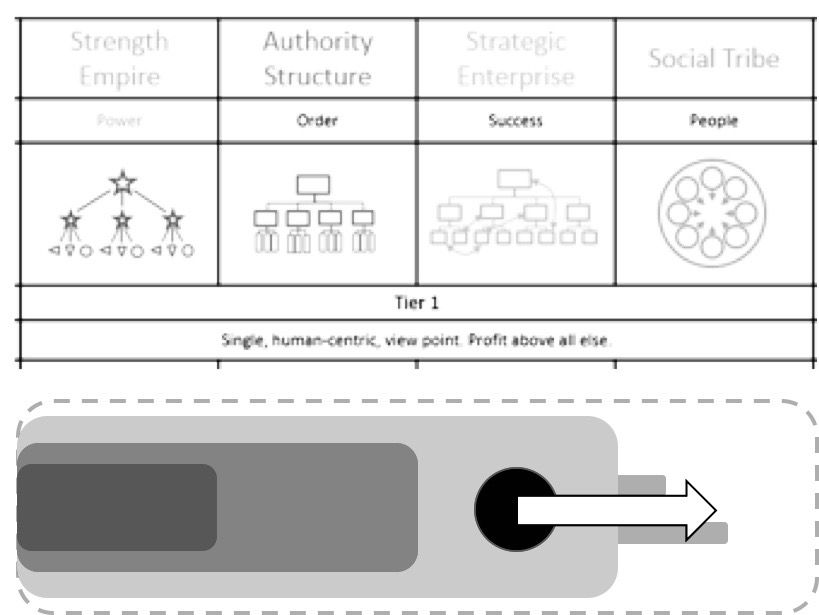
Figure 4: Leadership Mind-set Determines Core Location
No matter how much of the organisation exploit the adjacent possibilities, the organisation cannot be considered to have moved to that new form until the leadership has made the shift. The organisation will then operate from that new paradigm.
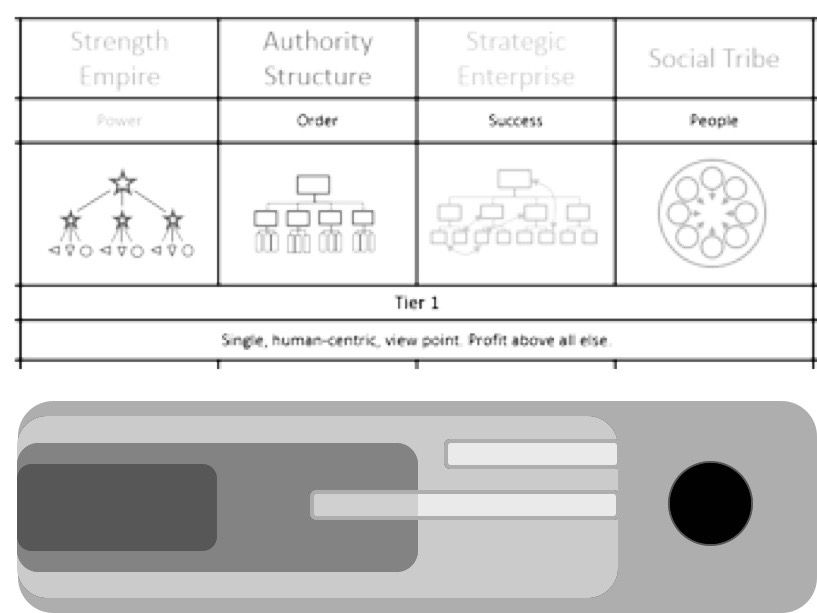
Figure 5: Not Everything has to Move to the New Form
Even after the leadership has shifted the core, there will be some practices from less complex forms that remain. These may need changing, or they could be the correct solution to the existing problem — not everything has to be in the core organizational form.

Figure 6: Many Organisations will be a Mix of Forms
While a mix of forms is expected, too many remaining practices will prevent an organisation realizing a more complex form if it wants to change — the older mind-set will hinder the adoption of a new one.

Figure 7: Organisational Flex Points
An organisation has a number of elements of flexibility where adaptability can take place, and the organisation flex. Each should be continually improved for smaller, quick changes. A transformation capability allows for larger, coordinated, step-change.
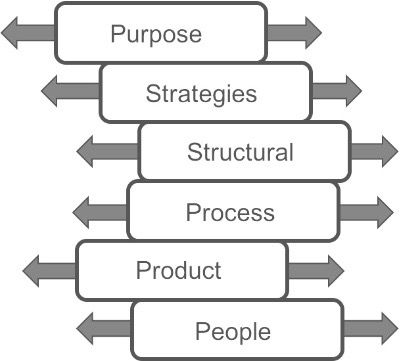
Figure 8: Organisational Stack is Flexible
Elements of the stack can be more, or less, flexible in relation to other elements.
While a mix of forms is expected, too many remaining practices will prevent an organisation realizing a more complex form if it wants to change — the older mind-set will hinder the adoption of a new one.
The Pagoda Model
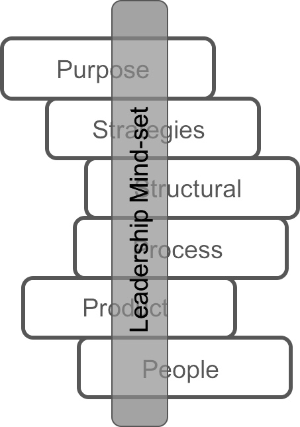
Figure 9: The Stack Flexes Around the Leadership Mindset
The leadership mind-set and corporate values provides the central pillar around which the elements move.
This now looks like a pagoda. Pagodas resist earthquakes by being designed to allow the floors to slide over each other, constrained by a flexible central column. By flexing with a quake, pagaodas ride out quakes that destroy rigid buildings.
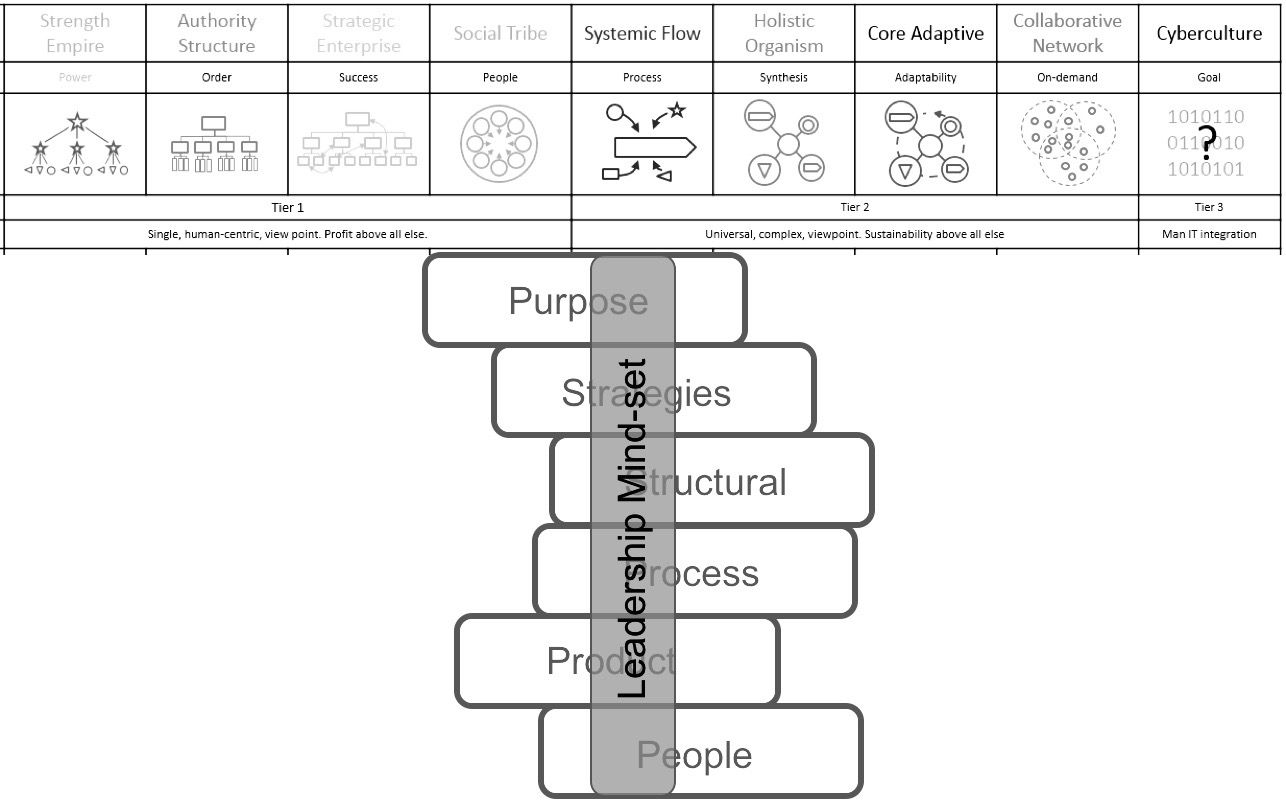
Figure 10: The Pagoda Model
Pagoda organizations can flex across the various axis in response to events, while being both aligned and constrained by the leadership mind-set.